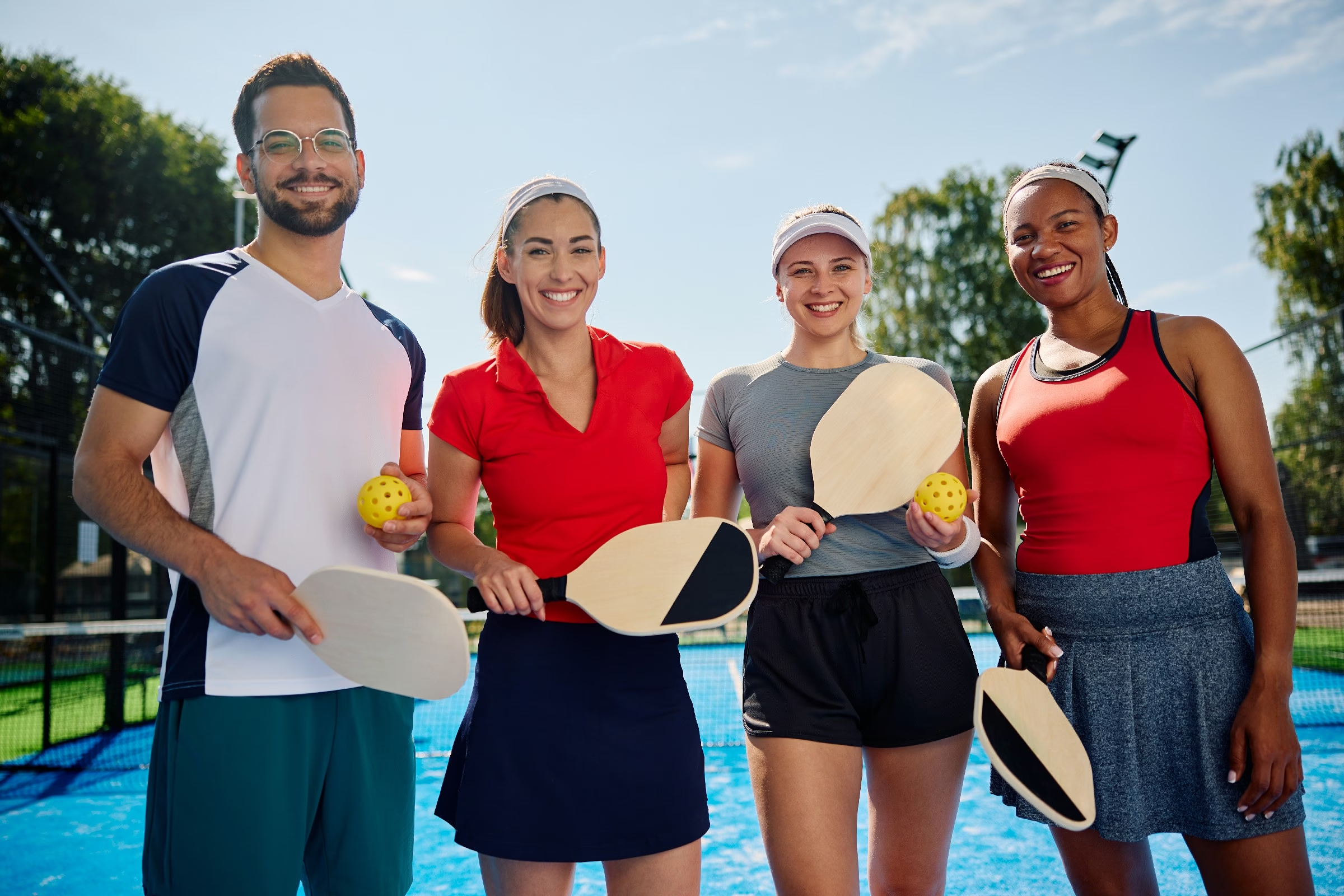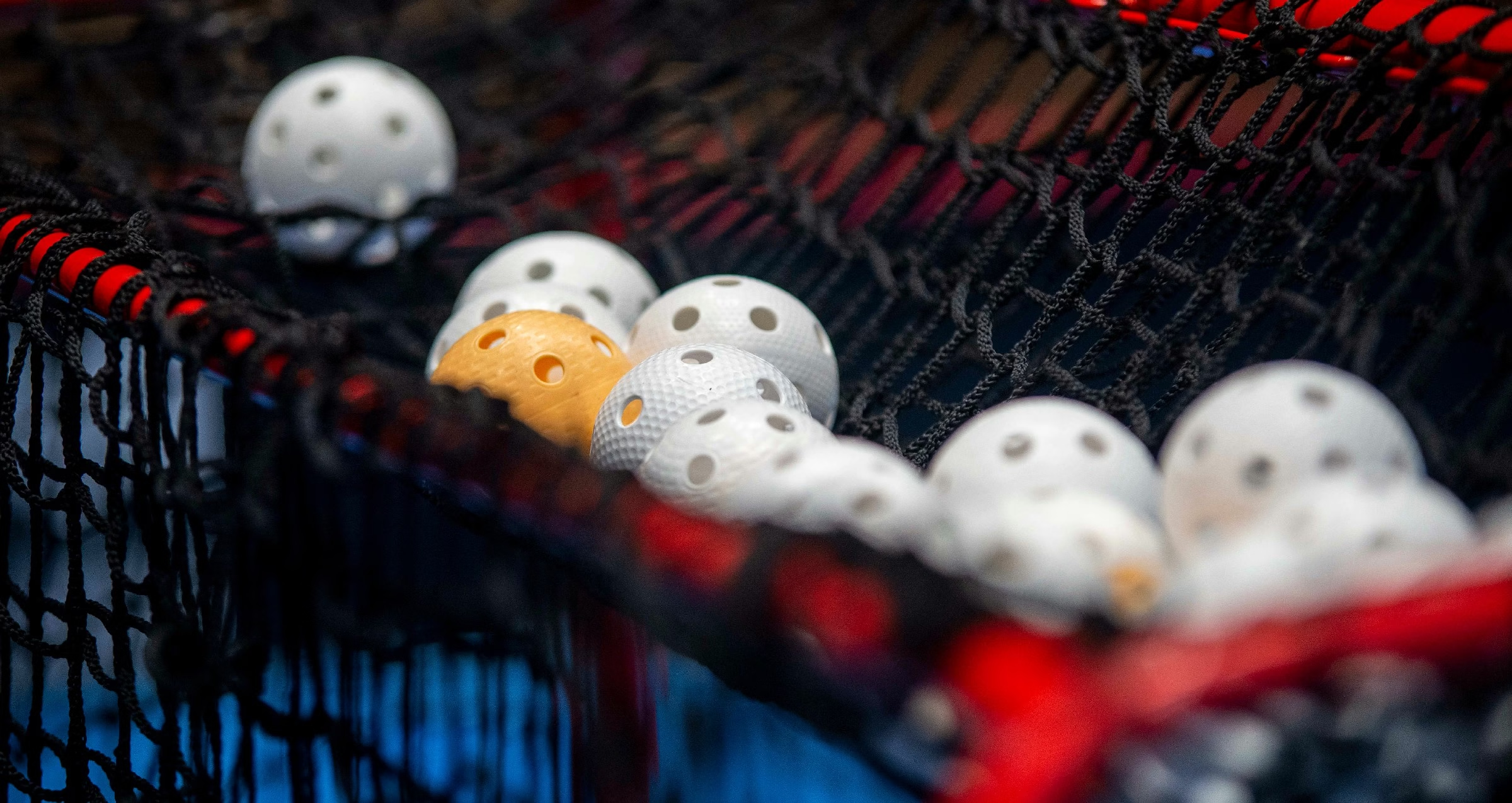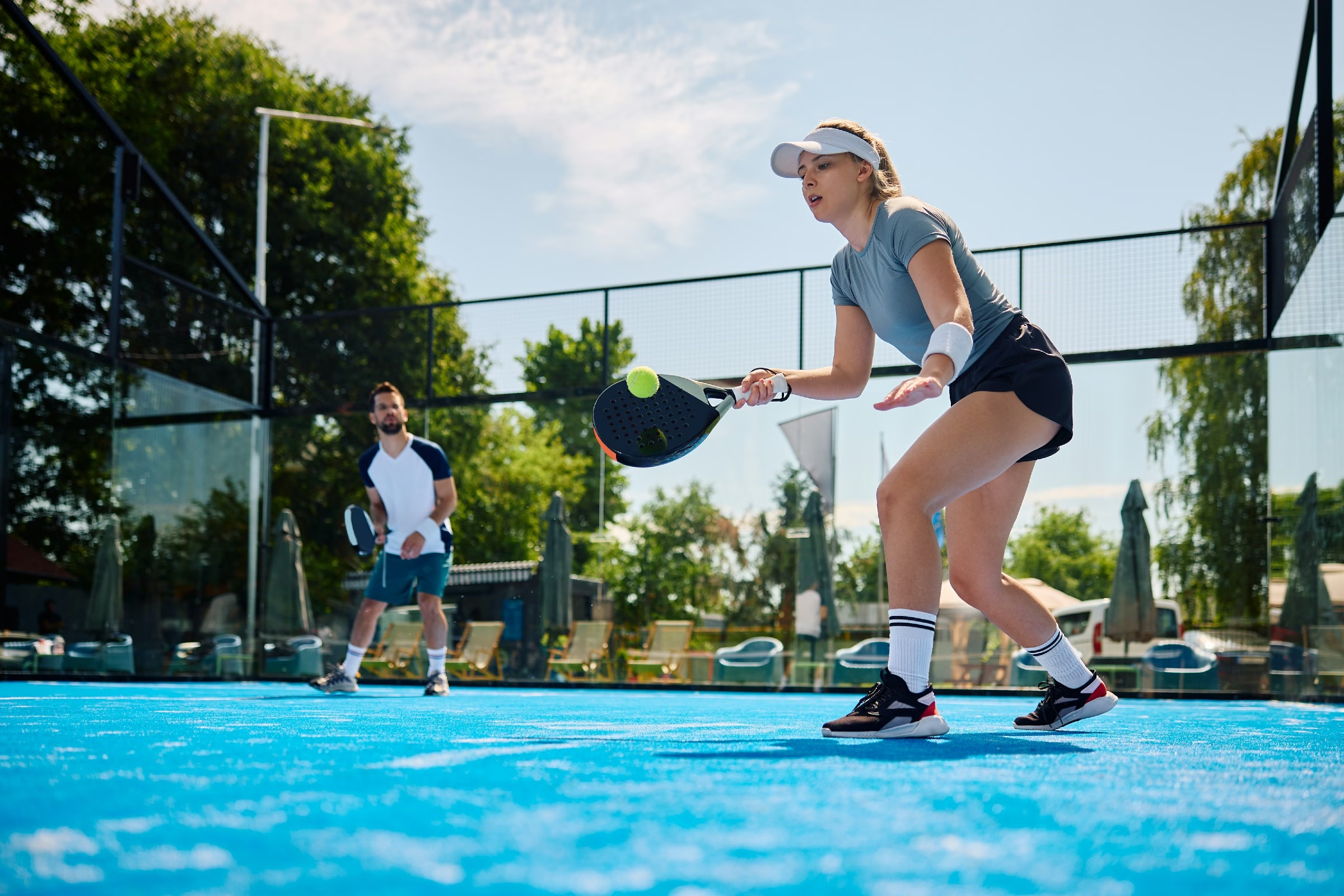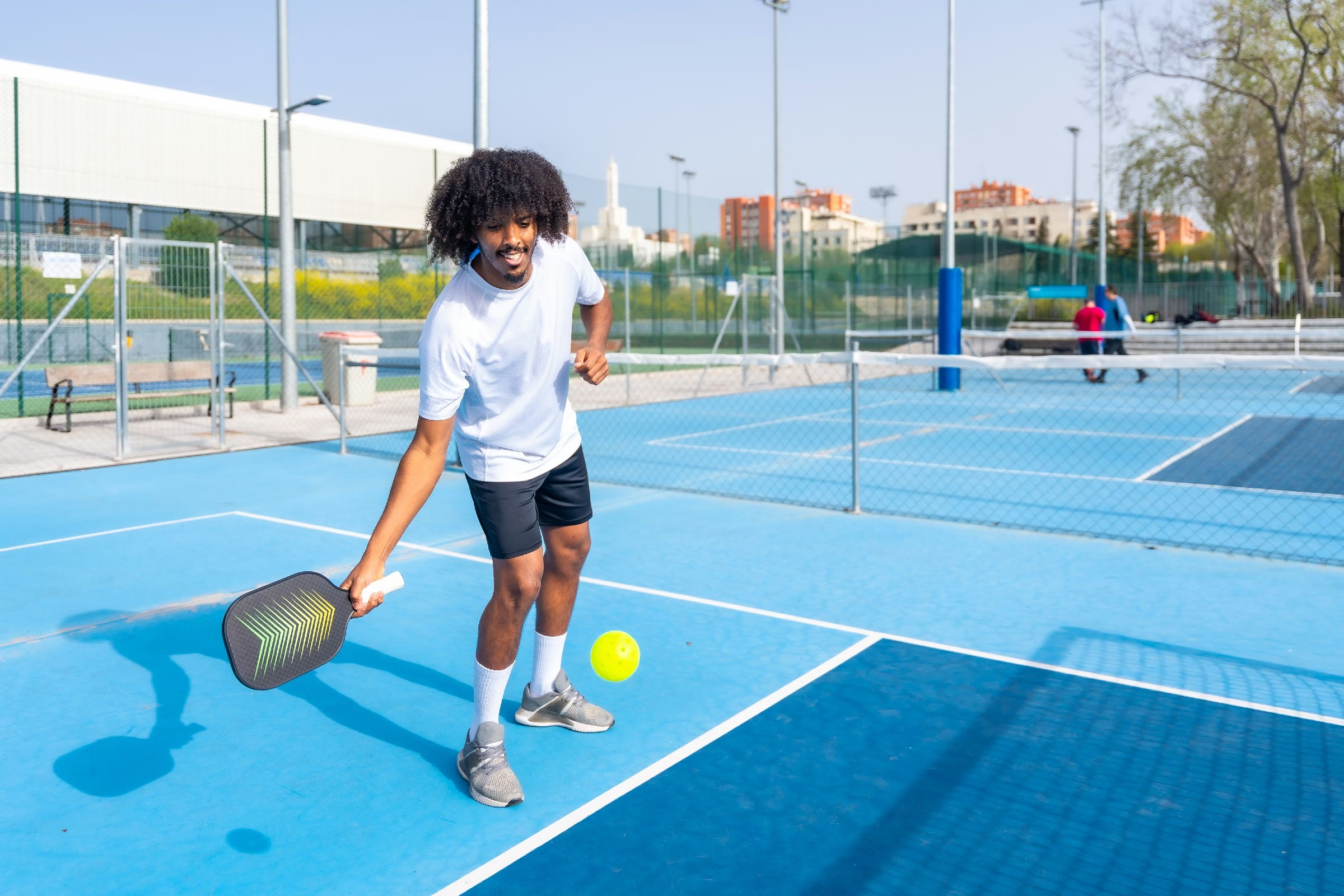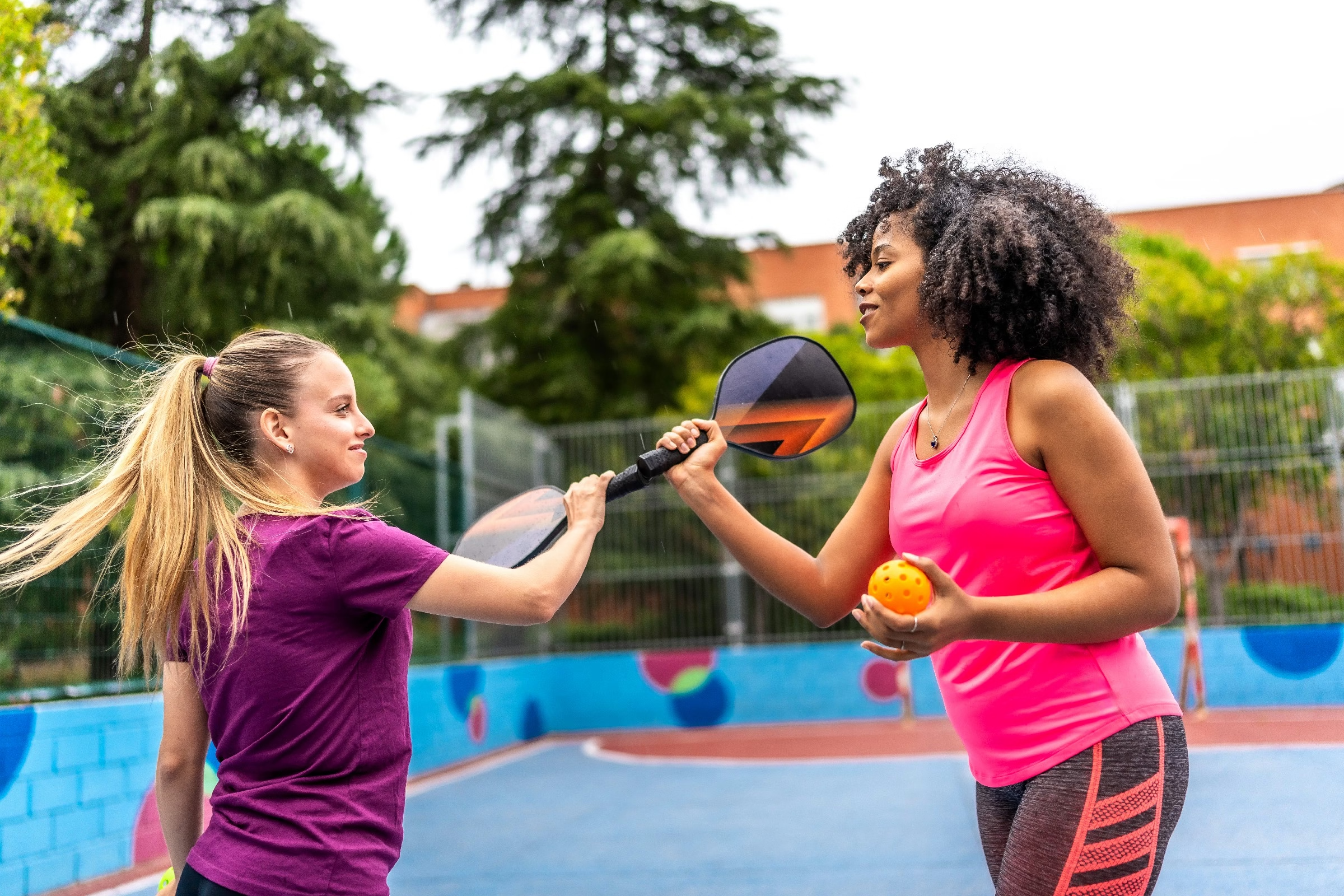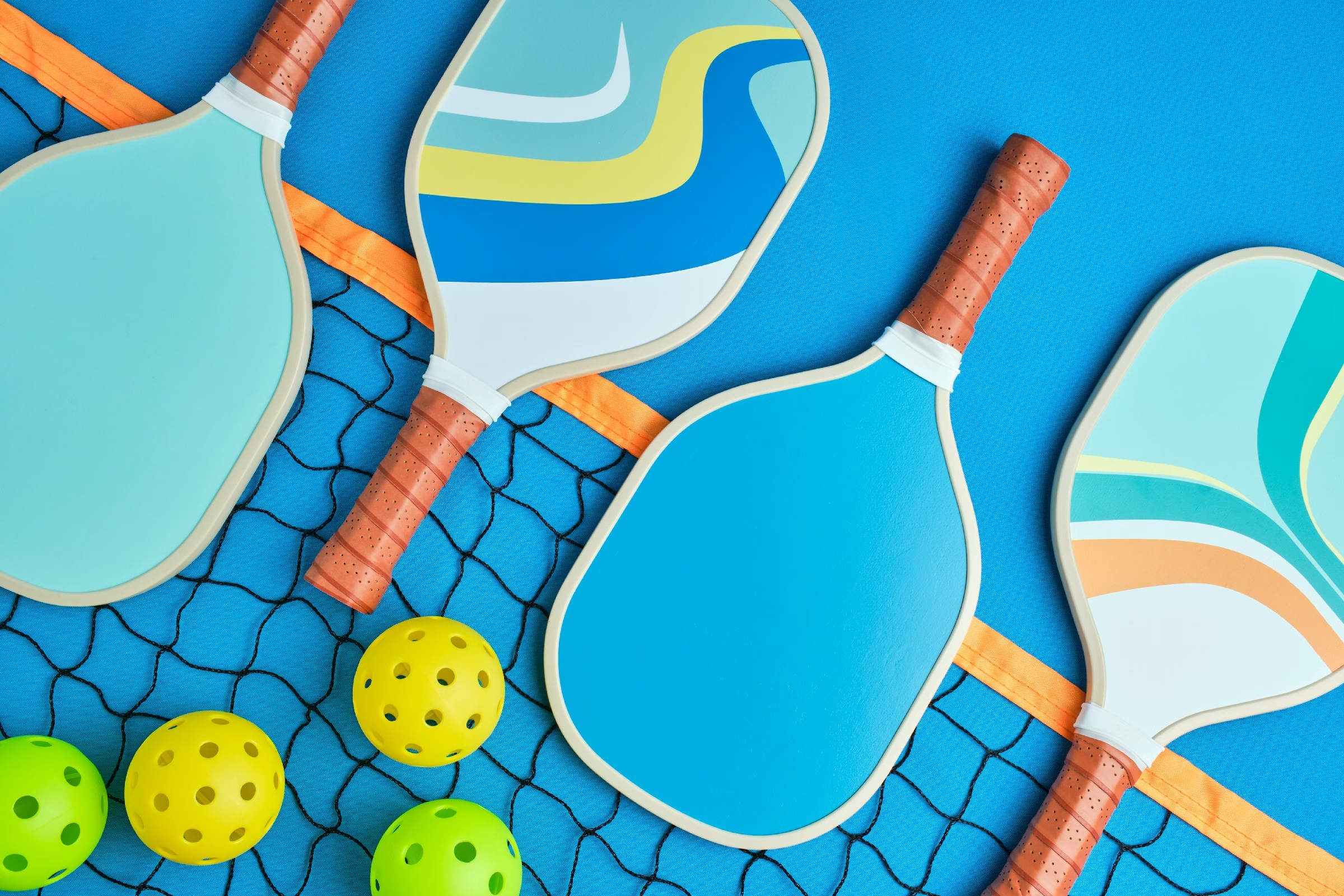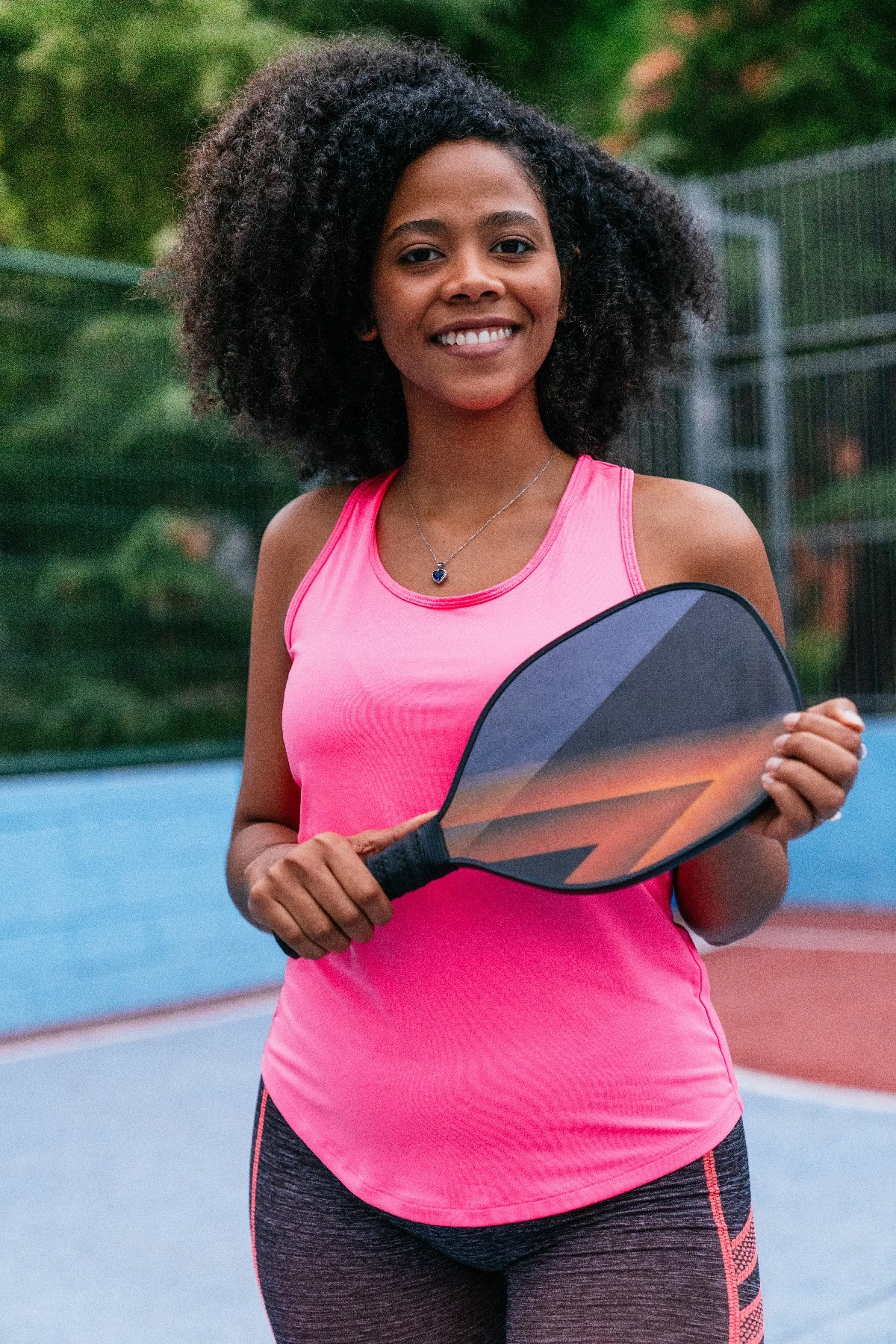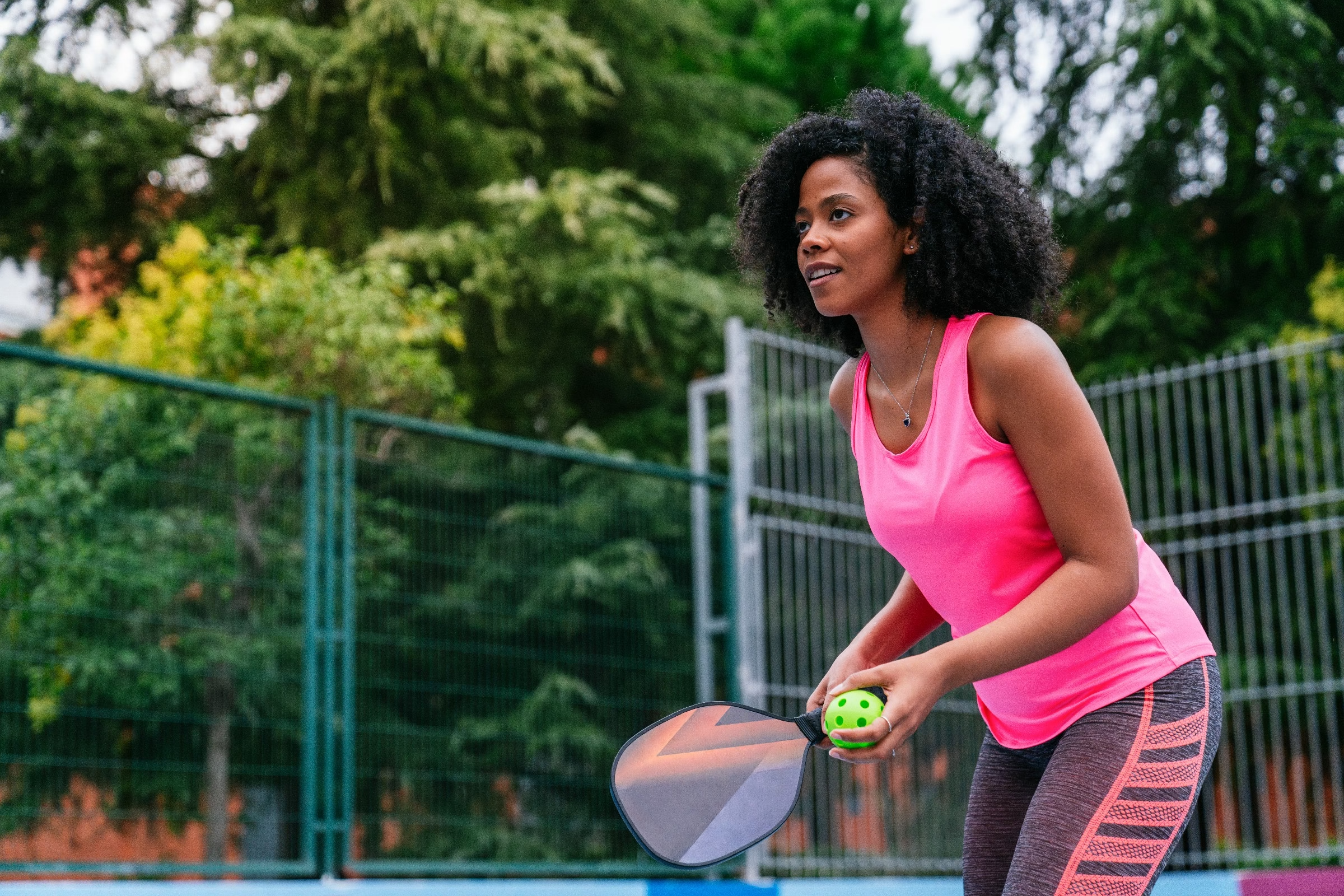Blog
what surface do you play pickleball on
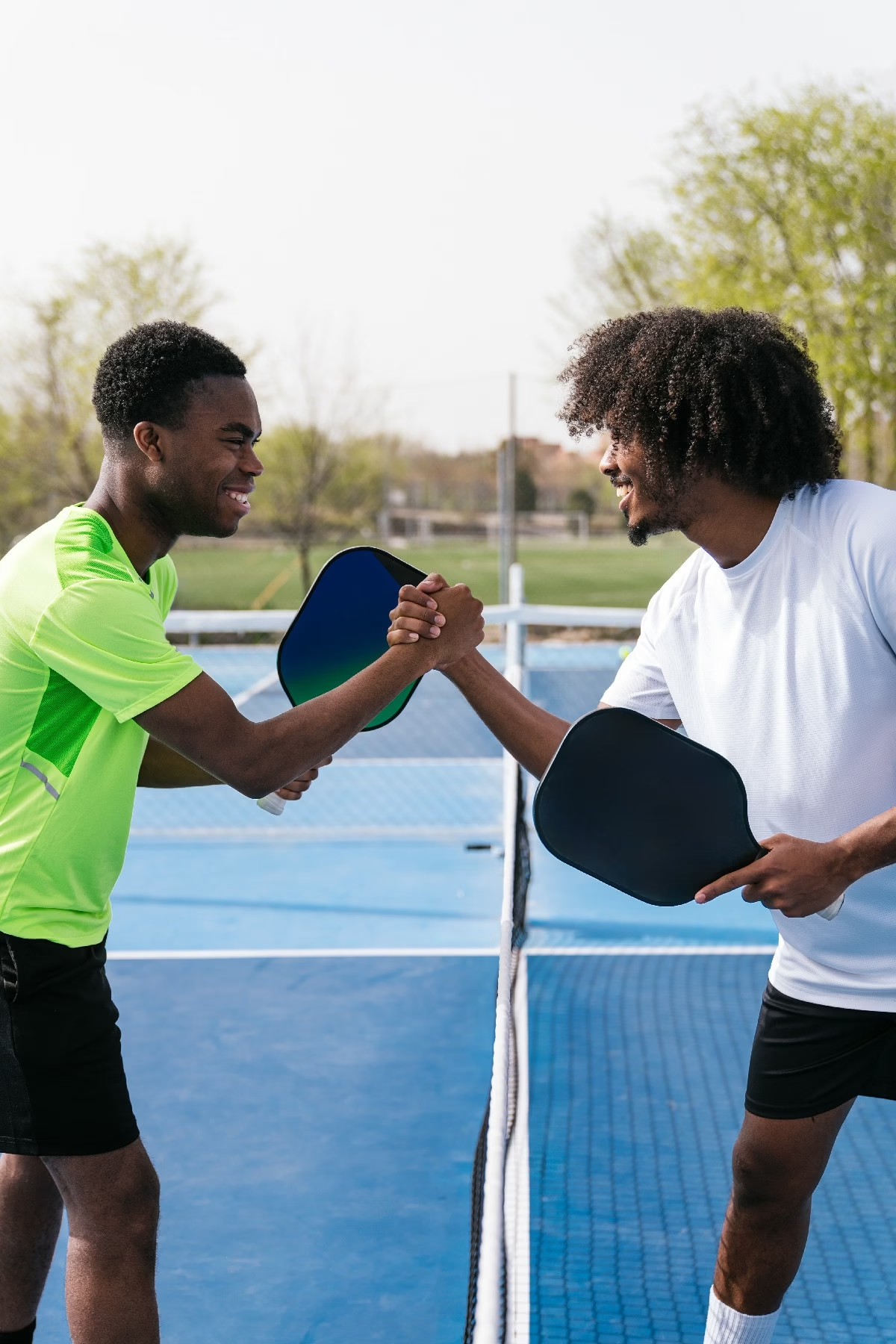
Pickleball: Choosing the Right Surface for the Game
As the sun rises over local parks and community centers, a unique rhythm fills the air—wooden paddles slicing through the breeze, whiffs of rubber balls colliding with enthusiasm, and laughter emanating from gatherings of friends and families. The sport of pickleball has surged in popularity, captivating players of all ages with its blend of strategy and camaraderie. But have you ever paused to consider how the surface beneath your feet influences the game? From smooth concrete courts to gritty asphalt play areas, the surface you choose can impact everything from gameplay dynamics to injury prevention. Join us as we explore the different surfaces on which pickleball is played, delving into their characteristics, advantages, and the experience they offer. Whether you’re a seasoned player or a curious newcomer, understanding the playing surface can enhance your enjoyment of this engaging sport.
Table of Contents
- Choosing the Right Surface for Optimal Pickleball Play
- The Influence of Surface Material on Ball Behavior
- Understanding the Advantages of Indoor vs. Outdoor Surfaces
- maintaining Your Pickleball Court: Tips for Longevity
- Safety Considerations: Reducing Injury Risks on Different Surfaces
- Finding Local Courts: Resources for Ideal Pickleball Locations
- Q&A
- To Wrap It Up
Choosing the Right Surface for Optimal Pickleball Play
When it comes to pickleball, the surface you play on can significantly impact your performance and enjoyment of the game. different surfaces have unique characteristics regarding traction, ball bounce, and player comfort.Here are some popular surfaces commonly used for pickleball:
- Acrylic Courts: Smooth and durable,these surfaces provide excellent ball bounce and consistent play. Ideal for both indoor and outdoor settings, acrylic courts are often preferred by competitive players.
- Concrete: while durable,concrete surfaces can be hard on joints and can cause the ball to bounce high. Many recreational players enjoy it for its accessibility—many neighborhoods feature concrete courts.
- Asphalt: Similar to concrete, asphalt offers good durability and a lower-cost option for outdoor courts. Though, it may require regular maintenance and resurfacing.
- Wood: Often found in indoor facilities, wood surfaces provide great traction and a softer play environment, which is easier on the knees and joints.
Another critical factor in choosing a surface is the type of play you prefer. For fast-paced games,a court that offers speedy ball response,such as those made of acrylic,might be best.Conversely, if you favor a more leisurely game, softer surfaces like wood can help enhance comfort. Consider the climate as well: outdoor surfaces may heat up significantly in summer, which can affect playability and comfort.
To illustrate the pros and cons of each surface type,here’s a simple comparison:
| Surface Type | Pros | Cons |
|---|---|---|
| Acrylic | Consistent bounce,durable,Versatile | Can be slippery when wet |
| Concrete | Durable,Accessible | Hard on joints |
| Asphalt | Cost-effective,Good durability | Requires maintenance,Can get hot |
| Wood | cozy,Good traction | Not suitable for outdoor use |
Ultimately,selecting the right surface boils down to personal preference,location,and intended use. If you have the chance, test out different surfaces to discover which one enhances your game the most. Whether you’re a casual player or a dedicated athlete, the right court can elevate your pickleball experience to new heights.
The Influence of Surface Material on Ball Behavior
When it comes to pickleball,the surface material plays a pivotal role in determining how the ball behaves during play. The interaction between the ball and the surface can influence factors such as bounce height, speed, and spin, significantly impacting player performance. Different surfaces range from hard courts typically made of concrete or asphalt, to soft courts featuring cushioned materials that absorb shock. Each surface type brings its own unique characteristics that players must adapt to.
For example, on hard courts, the ball tends to have a higher bounce and greater speed, allowing for powerful shots and fast exchanges. Players often enjoy the quick response these surfaces provide, facilitating aggressive play styles. in contrast, soft courts tend to dampen the ball’s movement, creating a lower bounce and slower gameplay. This can reward more strategic, finesse-driven styles of play, as players may rely more on placement and timing rather then sheer power.
Here’s a brief comparison of various surface materials:
| Surface Material | Bounce Height | Speed | Playing Style |
|---|---|---|---|
| Concrete | High | Fast | Aggressive |
| asphalt | Medium | Medium | Balanced |
| Grass | Low | Slow | Strategic |
| Artificial Turf | Medium | Medium | Versatile |
Understanding the Advantages of Indoor vs. Outdoor Surfaces
Choosing the right surface for pickleball can significantly affect gameplay, and this decision often revolves around a comparison between indoor and outdoor environments. Indoor surfaces typically feature wood or composite materials, providing a smooth and consistent playing experience. The climate-controlled setting allows players to enjoy the game without worry of wind or rain disrupting play, which can enhance focus and strategy during matches. Furthermore, indoor courts are often equipped with better lighting, allowing for improved visibility of the ball and court lines.
On the other hand, outdoor surfaces generally consist of asphalt or concrete, which may introduce a slightly less predictable bounce due to temperature fluctuations and the potential for uneven wear. Though, playing outdoors can provide a refreshing experience with natural light and open air. The harder surfaces found outside can also contribute to a different style of gameplay, frequently enough favoring powerful shots and strategic placement. Players often appreciate the scenic aspects and the social atmosphere that outdoor courts provide, especially in parks and recreational areas.
Ultimately, the choice between indoor and outdoor pickleball surfaces will depend on individual preferences and playing styles. To help clarify these options, consider the following table that highlights key differences:
| Factor | Indoor Surfaces | Outdoor surfaces |
|---|---|---|
| Weather Dependency | Not affected | Weather dependent |
| Surface Material | Wood/Composite | Asphalt/Concrete |
| Lighting Conditions | Consistent | Natural |
| Play Style | Strategic | Dynamic |
Maintaining Your Pickleball Court: Tips for Longevity
To ensure the longevity of your pickleball court, regular maintenance is key.Different surfaces require specific care, but there are worldwide practices that will enhance the durability of any court.Routine cleaning is essential; removing debris, such as leaves and dirt, not only keeps the surface attractive but also prevents scratches and other damages. Use a soft-bristle broom for textured surfaces and a pressure washer for smoother ones, always following recommended guidelines to avoid harm.
Implementing a proper sealant is another crucial aspect of court maintenance. A good sealant protects the surface from moisture and UV damage, helping to maintain its aesthetic and functional qualities. Depending on the surface material, options differ: asphalt courts typically benefit from asphalt sealers, while acrylic coatings are ideal for concrete courts. Consult with a professional for the appropriate products and application techniques that suit your court’s specific needs.
Lastly, it’s significant to address any repairs promptly—a proactive approach can spare you from more extensive damage later on.Cracks,surface peeling,or fading can significantly impact gameplay. Regularly inspect the court and take immediate action to repair any issues. consider keeping a maintenance log to mark repairs and scheduled upkeep, ensuring nothing slips through the cracks, much like the balls in play.
Safety Considerations: Reducing injury Risks on Different surfaces
When considering the surface where you play pickleball, it’s essential to understand how different materials can impact your safety and overall performance.Hard surfaces, such as asphalt or concrete, while providing a fast game, can increase the risk of injury due to their unforgiving nature. Over time, players may experience joint pain or shin splints from the repetitive impact. to mitigate these risks, players should consider investing in proper footwear with good cushioning and support, as well as using protective gear when necessary.
Conversely,softer surfaces like artificial grass or rubber courts offer a different playing experience. These surfaces tend to absorb impact better and can contribute to reduced strain on your body. However, they may introduce different safety concerns if not properly maintained, as they can become slippery when wet or worn down. To ensure a safe playing environment, it’s advisable to check the condition of these surfaces regularly and take precautions such as avoiding play during inclement weather or ensuring proper drainage.
It’s also important to adapt your playing technique based on the surface. As an example, players should focus on their footwork to maintain balance and prevent slips. Here are some additional tips to enhance safety while playing:
- warm up and cool down: Spend 10-15 minutes warming up before games to prepare your muscles.
- Stay hydrated: Proper hydration can definitely help maintain performance and reduce the risk of cramps.
- Learn about surface care: Understanding how to care for different surfaces can prolong their lifespan and ensure safety.
Finding Local Courts: Resources for Ideal Pickleball locations
Locating the perfect pickleball court can be an adventure in itself. Several resources can aid in your quest for ideal playing surfaces, ensuring that you get the best experience when you step onto the court. Here are some excellent options to consider:
- local Parks and Recreation Departments: Many communities have established pickleball courts that are well-maintained and accessible. Check the website of your local parks and recreation department for court availability and surface types.
- Pickleball Association Websites: Organizations like the USA Pickleball Association maintain directories of pickleball facilities across the country. These directories often detail the type of surfaces available.
- Social Media Groups: Join local pickleball groups on platforms like Facebook or Instagram. These communities are not only informative but can share personal experiences about different courts in your area.
To assist you further, consider utilizing mobile apps designed for pickleball enthusiasts. Apps such as CourtFinder and Pickleball Finder can display nearby courts and provide user reviews on surface quality. additionally, you might find valuable insights on how frequently these courts are used, ensuring that you avoid overcrowding when you plan your games. The convenience of technology can make your search faster and more efficient,allowing you to spend more time playing and less time searching.
| Surface Type | Advantages | Disadvantages |
|---|---|---|
| concrete | Durable,affordable | Hard on the body,can be slippery when wet |
| Acrylic | Good traction,weather-resistant | Requires maintenance,potential fading |
| Wood | great for indoor play,gentle on joints | Can warp with moisture,expensive |
| Asphalt | Easy to install,cost-effective | Prone to cracking,inconsistent surface |
By exploring these resources and understanding the different court surfaces available,you can make well-informed decisions about where to play. Every player’s preference is unique, and each type of surface can dramatically alter your game experience. Therefore, consider experimenting with various locations to determine which court type suits your playing style best.
Q&A
Q&A: What Surface Do You Play Pickleball On?
Q: What surfaces can I play pickleball on?
A: Pickleball can be played on a variety of surfaces,each offering a unique playing experience. Common surfaces include concrete, asphalt, wood, and even specialized pickleball courts with synthetic materials. Outdoor courts often utilize hard surfaces like asphalt or concrete, while indoor facilities may feature hardwood or composite flooring.
Q: How does the surface affect gameplay?
A: The surface can significantly influence your gameplay. Hard surfaces provide a consistent bounce, allowing for fast-paced rallies. Conversely,softer surfaces might absorb some impact,resulting in slower ball speed and longer rallies. If you prefer a dynamic game, a hard court might be your best bet!
Q: Are there surfaces to avoid?
A: While you technically can play on almost any flat surface, some are less than ideal. gravel or sand can be challenging due to unevenness and poor ball bounce. if you want to enhance your pickleball experience,stick to smoother,more predictable surfaces.
Q: Do professional tournaments have specific surface requirements?
A: Yes! Professional pickleball tournaments typically mandate specific surfaces to ensure fair play and consistency. Most events use outdoor acrylic surfaces,which provide excellent traction and a predictable bounce. Always check the tournament regulations if you plan to compete!
Q: Can I play pickleball in my driveway or backyard?
A: Absolutely! many players get creative and set up temporary courts in their driveways or backyards. Just make sure the surface is smooth enough to prevent any unexpected bounces.If you’re feeling ambitious, you could even consider painting lines to create a DIY pickleball court.
Q: What’s the best surface for beginners?
A: For beginners, starting on a softer surface, like a gym floor or tiled court, can be beneficial. These surfaces tend to be gentler on your joints and often offer a slower-paced game,allowing newcomers to develop their skills without the high-speed challenges of a hard court.
Q: Does weather affect outdoor surfaces?
A: Definitely! Weather conditions can impact how your play feels on outdoor surfaces. rain, for instance, can make asphalt or concrete slippery. Additionally, very hot days might affect the grip of your shoes. It’s best to check the conditions before heading out to play!
Q: Can I change the surface of my existing courts?
A: Yes, changing the surface of existing courts is absolutely possible, though it might require some investment and planning.Whether you want to resurface with a smoother finish,add a layer of synthetic material,or even paint with pickleball lines,it’s wise to consult professionals to get the best results.Q: Why do some pickleball enthusiasts prefer certain surfaces over others?
A: Personal preference plays a huge role! Some players love the fast-paced nature of hard courts,while others enjoy the feel of wood or synthetic surfaces for their softer bounce. Ultimately, it depends on what each player finds enjoyable and comfortable.
Q: Is there a ’perfect’ surface for everyone?
A: while there isn’t a one-size-fits-all answer, players often gravitate towards surfaces that align with their playing style and preferences. Experimenting on different surfaces can enhance your experience and help you find your “perfect” court!
Feel free to explore various surfaces and discover what resonates with your game style. Happy playing!
To Wrap It Up
As we wrap up our exploration of pickleball surfaces, it’s clear that the choice of playing field can significantly impact your game. Whether you prefer the bounce of a well-maintained hardwood court or the durable grip of an asphalt surface, understanding the nuances of each type can enhance your enjoyment and performance on the court. The right surface not only influences your gameplay but also contributes to the overall atmosphere of this dynamic sport. As you step onto your chosen court for your next match, remember that each surface holds unique qualities that cater to different playing styles and preferences. Embrace the diversity, experiment with various surfaces, and most importantly, savor every moment spent in this exhilarating game. Happy playing!

